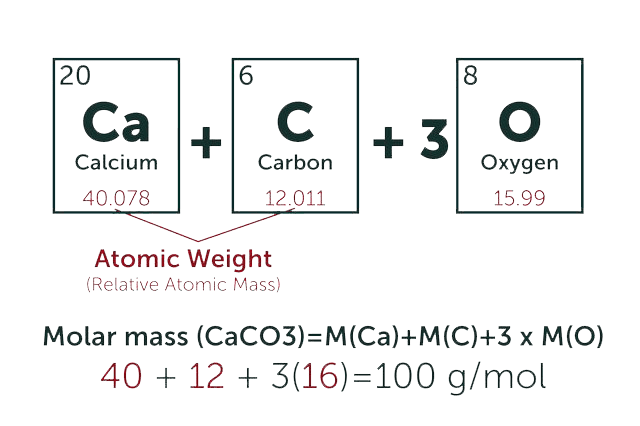Paclitaxel
* Please be kindly noted products are not for therapeutic use. We do not sell to patients.

| Category | Antineoplastic |
| Catalog number | BBF-04014 |
| CAS | 33069-62-4 |
| Molecular Weight | 853.91 |
| Molecular Formula | C47H51NO14 |
| Purity | >98% |
| Catalog Number | Size | Price | Stock | Quantity |
|---|---|---|---|---|
| BBF-04014 | 2 g | $199 | In stock |
Online Inquiry
Add to cartCapabilities & Facilities
Fermentation Lab
4 R&D and scale-up labs
2 Preparative purification labs
Fermentation Plant
Semi pilot, pilot and industrial plant 4 Manufacturing sites 7 Production lines at pilot scale 100+ Reactors of 30-4000 L; 170+ reactors of 20 KL-30 KL; 24+ reactors of >100 KL 2 Hydrogenation reactors (200 L, 4Mpa and 1000L, 4Mpa)
Product Description
Paclitaxel is a compound with anti-tumor activity extracted from the Pacific yew tree Taxus brevifolia. Paclitaxel is a microtubule polymer stabilizer with IC50 of 0.1 pM in human endothelial cells.
- Specification
- Properties
- Toxicity
- Reference Reading
- Spectrum
- Price Product List
- QC Data
| Related CAS | 117527-50-1 (Succinate) |
| Synonyms | Docetaxel EP Impurity F; BMS 181339-01; BMS181339-01; BMS-181339-01; Taxol A; Abraxane; Paxene; Taxol |
| Shelf Life | ≥360 days if stored properly |
| Storage | Store at -20°C (dark) |
| IUPAC Name | [(1S,2S,3R,4S,7R,9S,10S,12R,15S)-4,12-diacetyloxy-15-[(2R,3S)-3-benzamido-2-hydroxy-3-phenylpropanoyl]oxy-1,9-dihydroxy-10,14,17,17-tetramethyl-11-oxo-6-oxatetracyclo[11.3.1.03,10.04,7]heptadec-13-en-2-yl] benzoate |
| Canonical SMILES | CC1=C2C(C(=O)C3(C(CC4C(C3C(C(C2(C)C)(CC1OC(=O)C(C(C5=CC=CC=C5)NC(=O)C6=CC=CC=C6)O)O)OC(=O)C7=CC=CC=C7)(CO4)OC(=O)C)O)C)OC(=O)C |
| InChI | InChI=1S/C47H51NO14/c1-25-31(60-43(56)36(52)35(28-16-10-7-11-17-28)48-41(54)29-18-12-8-13-19-29)23-47(57)40(61-42(55)30-20-14-9-15-21-30)38-45(6,32(51)22-33-46(38,24-58-33)62-27(3)50)39(53)37(59-26(2)49)34(25)44(47,4)5/h7-21,31-33,35-38,40,51-52,57H,22-24H2,1-6H3,(H,48,54)/t31-,32-,33+,35-,36+,37+,38-,40-,45+,46-,47+/m0/s1 |
| InChI Key | RCINICONZNJXQF-MZXODVADSA-N |
| Source | Taxus brevifolia ( a plant extract) |
| Appearance | White Solid |
| Application | ADCs Cytotoxin |
| Antibiotic Activity Spectrum | neoplastics (Tumor) |
| Boiling Point | 957.1°C at 760 mmHg |
| Melting Point | 213-216°C |
| Flash Point | 532.6±34.3 °C |
| Density | 1.39 g/cm3 |
| Solubility | DMSO, methanol, ethanol |
| LogP | 3 |
| Carcinogenicity | No indication of carcinogenicity to humans (not listed by IARC). |
| Mechanism Of Toxicity | Paclitaxel interferes with the normal function of microtubule growth. Whereas drugs like colchicine cause the depolymerization of microtubules in vivo, paclitaxel arrests their function by having the opposite effect; it hyper-stabilizes their structure. This destroys the cell's ability to use its cytoskeleton in a flexible manner. Specifically, paclitaxel binds to the β subunit of tubulin. Tubulin is the 'building block' of mictotubules, and the binding of paclitaxel locks these building blocks in place. The resulting microtubule/paclitaxel complex does not have the ability to disassemble. This adversely affects cell function because the shortening and lengthening of microtubules (termed dynamic instability) is necessary for their function as a transportation highway for the cell. Chromosomes, for example, rely upon this property of microtubules during mitosis. Further research has indicated that paclitaxel induces programmed cell death (apoptosis) in cancer cells by binding to an apoptosis stopping protein called Bcl-2 (B-cell leukemia 2) and thus arresting its function. |
| Toxicity | LD50 = 32530 microg/kg (Rat). |
LC-MS/MS Spectrum - , positive

Predicted LC-MS/MS Spectrum - 10V, Positive

Experimental Conditions
Collision Energy: 10 eV
Instrument Type: QTOF (generic), spectrum predicted by CFM-ID
Mass Resolution: 0.0001 Da
Molecular Formula: C47H51NO14
Molecular Weight (Monoisotopic Mass): 853.331 Da
Molecular Weight (Avergae Mass): 853.9061 Da
| BBF-00664 | Alternariol | Inquiry |
| BBF-05877 | Coenzyme Q10 | Inquiry |
| BBF-03881 | Sancycline | Inquiry |
| BBF-05751 | Cyclosporin L | Inquiry |
| BBF-03473 | Wortmannin | Inquiry |
| BBF-04621 | Artemisinin | Inquiry |
Bio Calculators
Concentration (start) x Volume (start) = Concentration (final) x Volume (final)
It is commonly abbreviated as: C1V1 = C2V2


